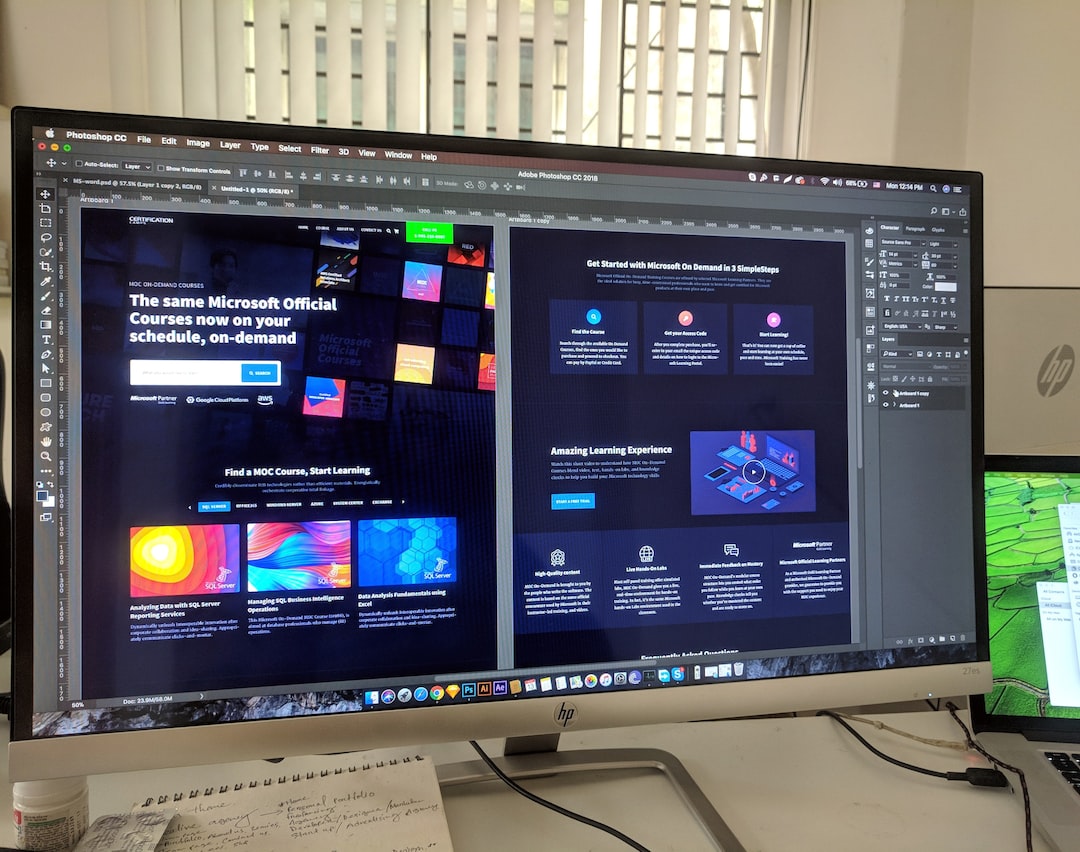Industrial design is a field that exists to bridge the gap between art and functionality. It involves the creation of products that are not only aesthetically pleasing but also practical and user-friendly. From the sleek and stylish designs of electronics to the ergonomic and comfortable design of furniture, industrial designers play a crucial role in shaping the world we interact with every day.
One of the key challenges faced by industrial designers is striking the right balance between form and function. While form refers to the visual appearance and aesthetic appeal of a product, function refers to its intended purpose and usability. Achieving this delicate balance requires careful consideration of various factors, including user needs, manufacturing processes, and market trends.
In the world of industrial design, an aesthetically pleasing product can catch the eye of a potential customer, but if it fails to function efficiently, it will ultimately disappoint. On the other hand, a highly functional product that lacks visual appeal may struggle to attract consumers. Therefore, a successful industrial design must find harmony between these two aspects.
One of the best examples that highlight this blend of form and function is Apple’s iPod. When it was first introduced in 2001, it revolutionized the way we listen to music. The sleek and minimalist design instantly caught the attention of consumers, but what made the iPod truly groundbreaking was its intuitive user interface and simple navigation. The combination of its stylish appearance and seamless functionality made it a must-have gadget for music lovers worldwide.
Similarly, industrial design can drastically transform the experience of using everyday household items. Take, for instance, the humble chair. A chair needs to be comfortable, supportive, and durable, but it can also be an expressive piece of design. Designers who specialize in creating chairs know how to balance these aspects while still ensuring that the user’s needs are met. The Eames Lounge Chair, for example, is not only visually stunning but also ergonomically designed to provide maximum comfort.
The process of achieving an optimal balance between form and function begins with a deep understanding of the user’s needs and desires. Designers conduct thorough research and gather insights into the target audience’s preferences, spending habits, and lifestyle choices. This information provides valuable guidance throughout the design process.
Additionally, thoughtful consideration is given to the choice of materials, manufacturing techniques, and cost-efficiency. All these factors contribute to the overall form and function of the final product. Industrial designers must constantly stay updated on the latest advancements in materials and manufacturing methods to ensure that their designs are both innovative and practical.
The field of industrial design extends beyond just aesthetics and usability. It also encompasses ethical considerations such as sustainability and social impact. As more people become conscious of the environmental and social consequences of their consumption habits, designers have the responsibility to create sustainable and ethically produced products.
In conclusion, industrial design is an art form that merges creativity with practicality. It involves finding the perfect balance between form and function, creating products that are both visually appealing and highly functional. Whether it’s a smartphone, a chair, or a kitchen appliance, industrial designers play a crucial role in shaping the objects we interact with daily. By constantly striving for innovation and considering user needs, they have the power to transform the way we experience the world around us.

